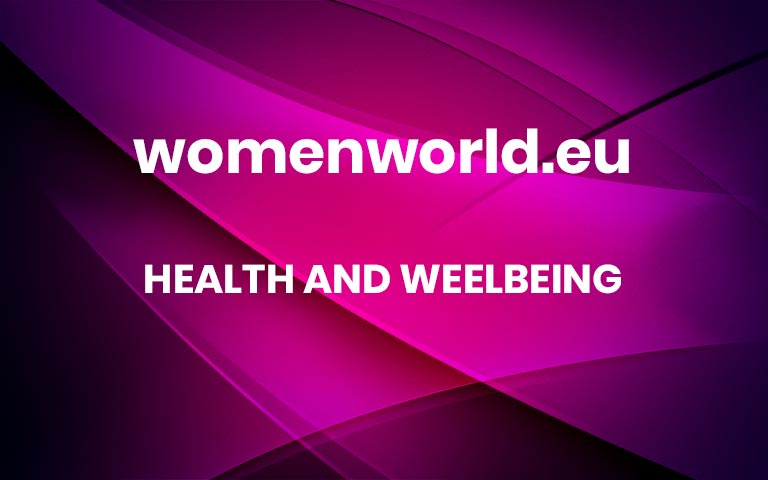The Nutritionist’s Guide To Actually Surviving A Hangover
Last night was a total blast, but this morning? Not so much. Anyone who’s ever shamelessly downed one too many glasses of wine, mixed drinks, beers, shots, or all of the above, is familiar with the body-aching regret and toilet-clutching desperation that so kindly ensues after a night of hitting the booze bag. And while the only real cure to avoiding this ungodly feeling is to drink moderately — or not at all — thankfully, there are a few ways to bounce back without posting up in bed the entire day. We asked two nutritionists to share their best-kept secrets to surviving a hangover.
1. You know this one… drink water
Need help surviving a hangover? You know the drill: drink one glass of water for every alcoholic beverage you swig. But, let’s be honest, it usually never happens that way. That’s why water’s the first beverage you should drink after waking up from your hangover haze. “The best way to normalise your body fluids and regain a balance in your body’s chemistry is to focus on getting as much water in as possible,” says dietician Elizabeth Shaw. Aim for eight to 10 glasses to start feeling like your old self again.
READ MORE: Seriously Now, Is Alcohol Really THAT Bad For Your Sleep?
2. … And an electrolyte-rich beverage
Because your body is so depleted of liquids, it can’t function at its normal level. This causes you to go into starvation mode — queue the headaches, body aches and fatigue. “Alcohol sucks your organs dry of any liquid, so not only do you need to replenish it with water, but you also need more vitamins and nutrients to quench that hangover thirst,” says celeb dietician and fitness expert Isabel Smith. Your best bet: opt for coconut water, a more natural beverage that’s loaded with potassium and low in sugar content.
3. Suck on ginger sweets
Pregnant women swear by them to treat their morning sickness and you can bet they also come in handy when it comes to curing those equally pesky hangover symptoms. “Ginger has been used for centuries in traditional herbal medicine to cure motion sickness, vomiting and nausea,” says Smith. Pour yourself some ginger tea, or chop up some ginger root to put into a yoghurt or smoothie. If you’re not a fan of the taste, there are pills that’ll also do the trick. Just make sure you have some food in your stomach beforehand.
4. Eat a well-balanced breakfast
Along with hydration, your body needs nutrients when it comes to surviving a hangover. “Because alcohol disrupts nearly every tissue in your body, along with its ability to absorb nutrients, it’s important to replenish all vitamins and minerals from real, solid foods,” says Shaw. “Focus on fuelling up with hydrating eats like watermelon, cucumbers and leafy greens, as well as heavy, protein-packed foods like lean meat, avocado and eggs to give your organs the nutrition and fluid kick they’re craving.”
READ MORE: A Therapist Answers 6 of Your Questions Around Feeling Lonely at Christmas
5. Sweat it out
It may be painful, but breaking a sweat is one of the best cures for helping people kick headaches, bloat and fatigue. “The natural endorphins released from your body while you get your heart rate up will make you feel 10 times better,” says Smith. “In addition, you’re speeding up your metabolism so that it processes the alcohol more quickly.” Just be sure to have plenty of water on hand and don’t do anything that makes you feel like you’re going to lose your breakfast (or pass out!).
6. Go easy on the caffeine
Your morning cup of coffee might be the one thing that helps you function and snap into action on weekdays, but after a night of drinking it’ll only further dehydrate you. “Caffeine constricts blood vessels, which can make headaches even worse,” says Smith. “Also, remember that coffee is a diuretic, so in a situation where you’re already dehydrated, you don’t want to lose anymore fluid.” Instead, choose a lower-caffeine option like green tea — iced or hot. It will bring you back to life without further evaporating your body’s liquid levels.
READ MORE: Are you experiencing a ‘friendship recession?’
7. Avoid acidic foods and beverages
Sometimes we can be more prone to acid reflux the day after drinking, so steer clear of citrus fruits, like oranges and lemons, or tomatoes. “A bloody Mary might sound like the perfect remedy (and taste like it too!), but your bod is not equipped to handle the acidity level,” says Smith. Instead, sip some carbonated water, which can help bring up any trapped air in your stomach that’s making you feel even more nauseous.
And… you’re back! So how about a cocktail? Haha!
This article was originally published on www.womenshealthmag.com More



